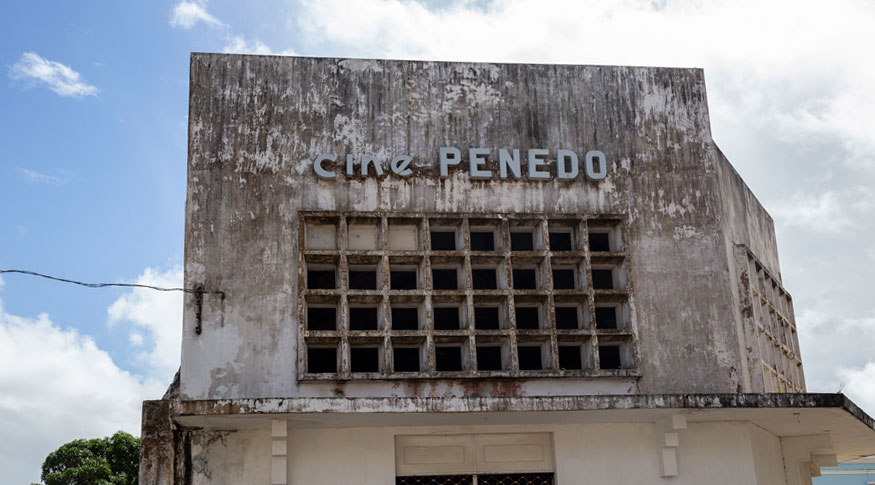System of Cultural Indicators
Brazil has almost 40% of the population in municipalities without cinemas
December 05, 2019 10h00 AM | Last Updated: December 06, 2019 10h42 AM

Going to the movies is still a very uncommon activity for many Brazilians. In 2018, 39.9% of the population lived in municipalities with no cinemas. The lack of potential access to such a cultural equipment, among many others, as museums and theaters, varies by sex, color or race, age group and schooling, as indicated in the System of Cultural Information and Indicators, released today (5) by the IBGE.
“This is a potential access barrier. Other barriers might also exist, as tickets' prices, distance or lack of public transportation, but it is a sign of difficulty”, says IBGE researcher, Mr. Leonardo Athias.
Uneducated people or those who did not finish basic education had less access to museums, theaters, cinemas, local radios and Internet providers than people with more schooling. Almost half of the persons with lowest schooling lied in municipalities without cinemas, 40.3% in municipalities without museums and 39.7% in cities without theaters.
“Inequality comes in double. There is education restriction and, at the same time, less infrastructure in the municipality, which, in turn, present less cultural equipment. We see that in the regional distribution, in the states of the North and Northeast, which have less equipment structure, less interconnectivity, lower socioeconomic levels and a couple of disadvantages”, states Mr. Athias.
Concerning age groups, children and teenagers faced the worst situation: 43.8% of people aged up to 14 had no movies in their municipalities, 35.9% of them had no museums. In the state of Maranhão (in the Central-West of Brazil), children and teens had the lowest potential access to museums (23.6%), theaters and concert halls (30.8%) and to cinemas (19.6%).
“Many studies prove that going to museums is a very important activity for children, as cultural interest tends to grow when it is encouraged in childhood. And museums are a place of knowledge transmission and science familiarization”, claims the researcher.
The study also shows that the black or brown population had less potential access to these cultural facilities. While 44% of blacks or browns lived in municipalities without a cinema, the figure in relation to whites was 34.8%.
Cinema resists streaming services
Whereas bookstores, newspapers and record stores decreased their presence in Brazil, cinemas went in the other way: in the municipalities, they went from 8.7% to 10% in the last 12 years.
The IBGE researcher comments that, differently from what was expected, cinemas did not disappear after the greater access to the internet and, consequently, to the streaming services.
“An interesting point of the survey is that they are not mutually exclusive. Movie-goers claim that the cinema experience is different from watching a film at home”, explain Mr. Athias.
Also, when compared to 2006 from 2018, the existence of bookstores in the Brazilian municipalities decreased 12.3 percentage points, reaching 17.7%. The video stores followed the same trend, decreasing their existence in 59 percentage points.
Gender pay gap in culture is bigger than in other sectors
Despite being the majority in the cultural sector, women kept earning less than men. From 2014 to 2018, female participation went from 47.6% to 50.5%. In the last year, women's earnings were R$1,805, and men's, R$2,586, a difference of R$781. In all sectors, the disparity was of R$508.
"The gender pay gap is related to the fact that the cultural sector has more professionals with a higher degree and we know, from gender studies, that gender inequality in this level of education is greater than in the other levels," says the researcher.



















